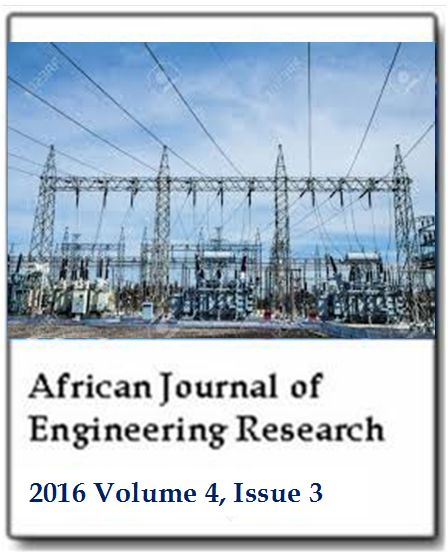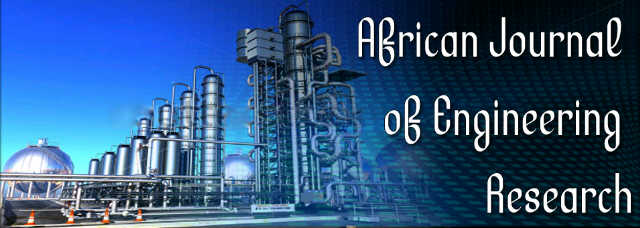Sensitivity of pile seismic response analysis of gentle and steep liquefaction slopes
Baydaa Hussain MaulaAfrican Journal of Engineering Research
Published: September 26 2016
Volume 4, Issue 3
Pages 54-66
Abstract
The confidence of nonlinear FE analysis depends on the calibration and evaluation of the numerical method against physical data from either case histories or physical model tests. To explain the calibration of FE (Finite Element) models, the author used data report from the State Key Laboratory for Disaster Reduction in Civil Engineering, Tongji University, Shanghai, China, using MTS shaking table facility, China. The primary goal of this research is to get the right calibration for the experiment by determining the soil properties and liquefaction parameters. Numerically calibrated settings can be used to build an FE model by utilizing the OpenSeesPL computational platform to investigate the consequences for lateral spreading on pile foundations: ground surface slope (S), shaking direction and thickness of the liquefied layer. Other scientists have investigated elements and case studies involving lateral spreads which give direction as to as far down as possible these parameters might achieve. This paper will deal with the results of a progression of numerical case investigations to scrutinize the connection of interaction between adaptable piles and soil. Particular reference was made to the difference in the interaction affectability that is observed quickly to the pile at the different sides of the slope. The overall impact of degree of inclination (slope gradient) on the pile response was similar for all cases. In most cases, soil displacement increased with increasing degree of inclination.
Keywords: Gentle slope, seismic response, upslope, FE model, surface slope, liquefiable soil layer.
Full Text PDF
